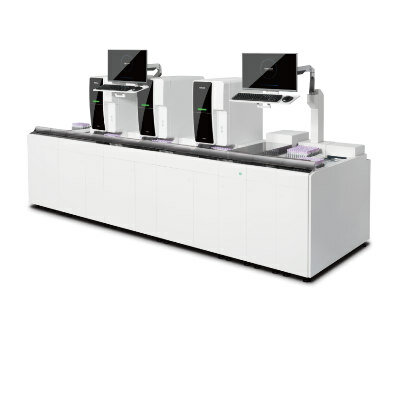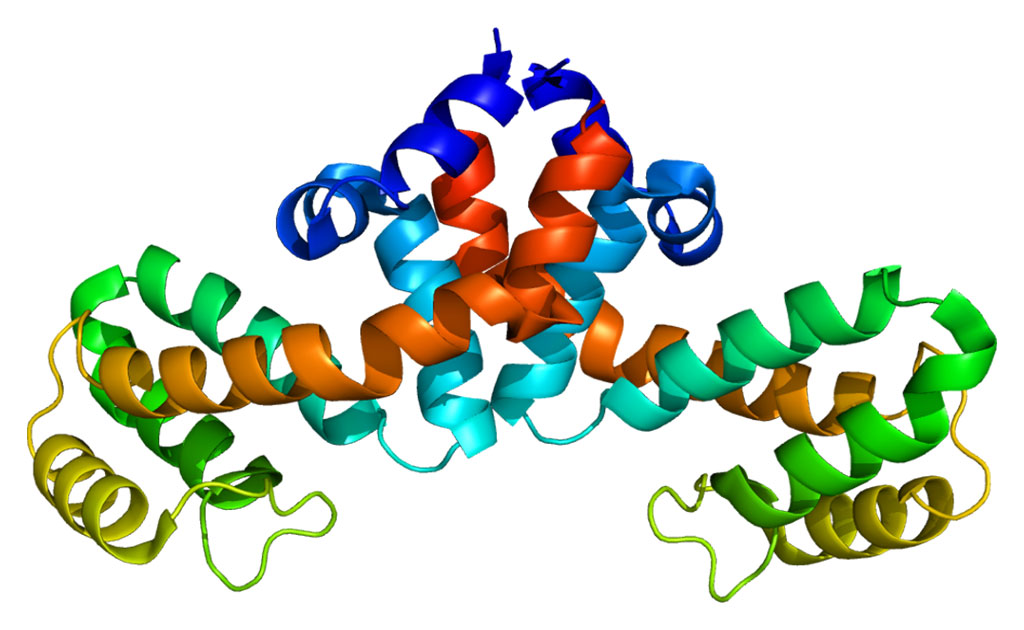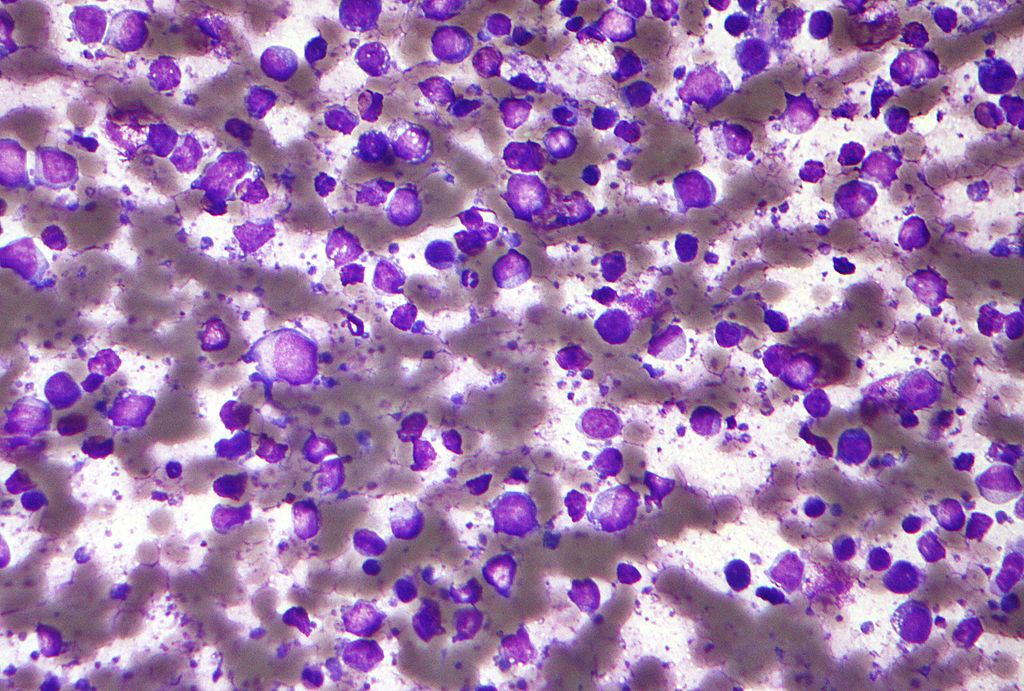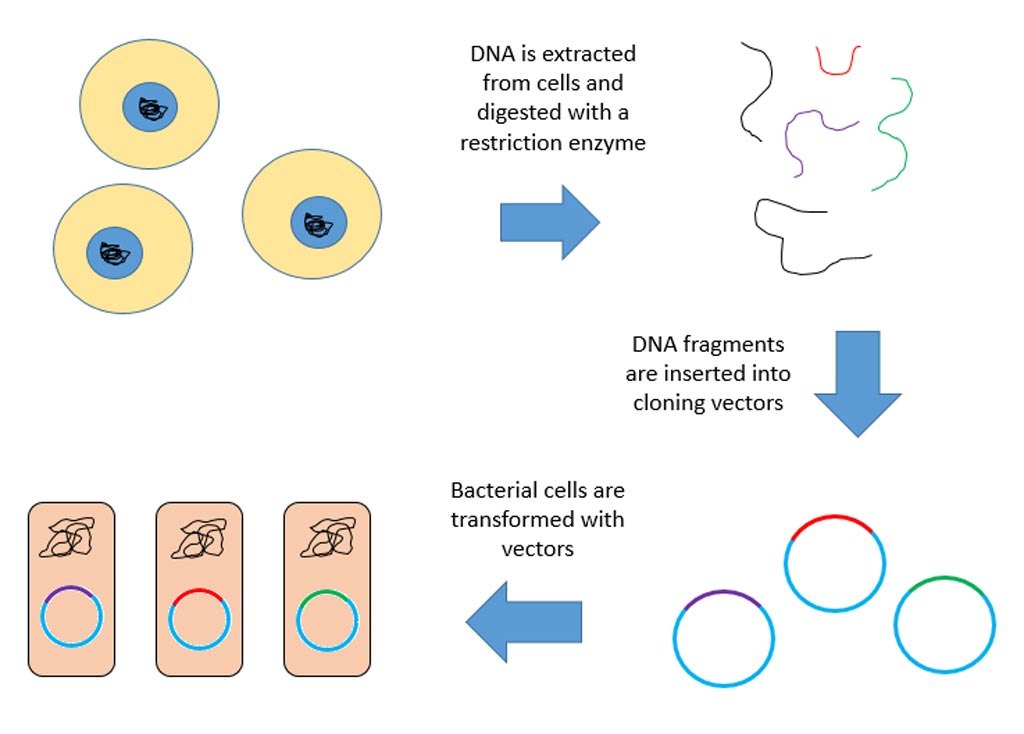The Immune System Reacts More Vigorously to Hydrophobic Nanoparticles
By LabMedica International staff writers
Posted on 10 Apr 2012
A recent study showed that the degree to which the immune system reacts to foreign nanoparticles is directly related to how hydrophobic the particles are.Posted on 10 Apr 2012
Understanding the interactions of nanomaterials with the immune system is essential for the engineering of new macromolecular drug or vaccine delivery systems. However, a systematic study of immune activation has been difficult to perform due to the complex structure of most macromolecular probes.
In the current study, investigators at Tel Aviv University (Israel) fabricated pure gold nanoparticles that were two nanometers in diameter. In the unmodified state, the nanoparticles were not recognized by immune cells. Thus, the effect of any change in the surface of the particles could be detected.
The investigators manufactured a series of gold nanoparticles that presented a linear increase in hydrophobicity. These particles were then added to cultures of immune spleen cells (splenocytes) and injected into mice.
Results published in the February 17, 2012, online edition of the Journal of the American Chemical Society revealed that increased hydrophobicity of the nanoparticle headgroups, caused a linear increase in immune activity in the cell cultures. Consistent behavior was observed with in vivo mouse models, demonstrating the importance of hydrophobicity in immune system activation.
“We are using these gold particles to tackle the question of how the immune system recognizes different particles, which might include features such as geometry, charge, curvature, and so much more. Now that we know the tool works, we can build on it,” said senior author Dr. Dan Peer, professor of nanomedicine at Tel Aviv University. “We now have the capability of using nanomaterials to probe the immune system in a very accurate manner, a breakthrough that could revolutionize the way we understand the immune system.”
Related Links:
Tel Aviv University













